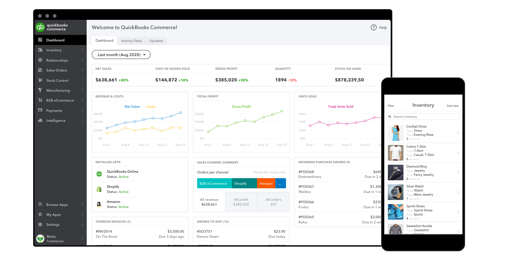The tortoise with 5x larger profit margins
The theory underpinning the notion that DNVBs are more valuable than typical eCommerce companies is that the tortoise (DNVB) beats the hare (typical eCommerce) in the long run.
The argument against typical eCommerce companies is that they rise and fall with the commodities they sell. While they’ll dazzle investors and the world with hyperbolic top line growth when times are good, they’ll burn out just as fast as they aren’t vertically integrated or focused on the right objectives.
Conversely, the DNVB can’t initially grow sales fast as it’s focused on methodically building out a vertically integrated infrastructure that positions it to be narrowly focused on building cult brand monotheism that results in superior profitability down the road. Creating unique products, controlling how they are made and where they’re sold, and obsessing over a niche audience are genuine points of differentiation.
In an analysis of 75 major DNVBs, Internet Retailer discovered:
- They grew 44% YoY and generated $8 billion in sales in 2017
- They now account for 2% of all online sales in the U.S.
- DNVBs are growing 3X as fast as the average eCommerce brand
Likewise, Dunn argues brands engaged in vertical commerce rather than eCommerce ultimately perform significantly better:
- Vertical commerce yields 2X product gross margins vs eCommerce
- Contribution margins 4-5X higher than eCommerce
How DNVBs innovate
To capitalize on the profound difference in performance, exploit the following trends:
Trend #1: Direct sourcing & simple design
By sourcing materials directly DNVBs can slash their cost of goods sold by 2-4-percent and pass the savings onto customers. Intimate relationships with manufacturers also allows for rapid iteration via efficient feedback loops and enables the DNVB to market the relationship- and its benefits- as a point of differentiation. For example, Boll & Branch, a leader in the luxury bedding space, touts its relationship with Indian farmers who supply the company with organic cotton.
Simplicity is often built into the products DNVBs work with factories to create:
- Casper generated $100 million in sales by limiting the number of mattress options
- Dollar Shave Club received more than 12,000 orders in the first two days by offering one simple razor to consumers overwhelmed by choice








.jpeg)



